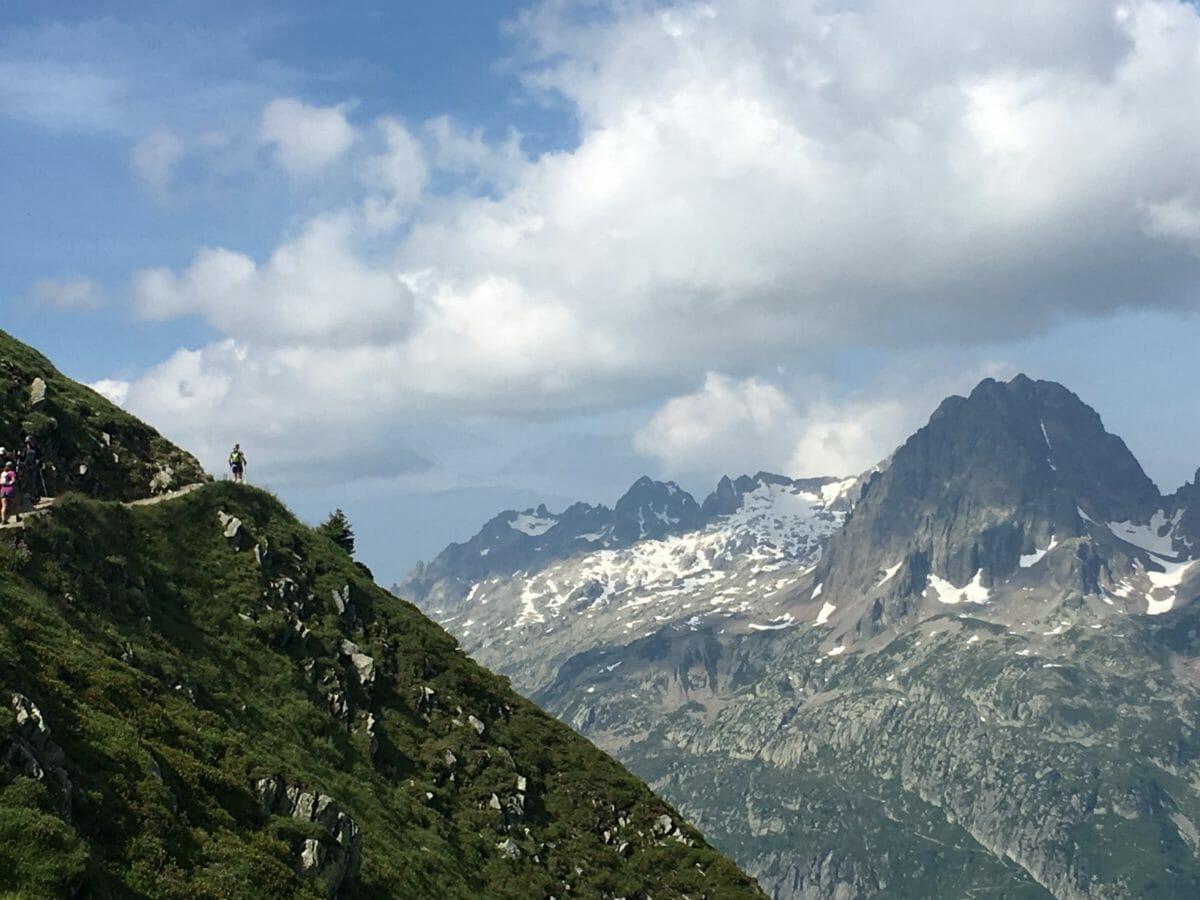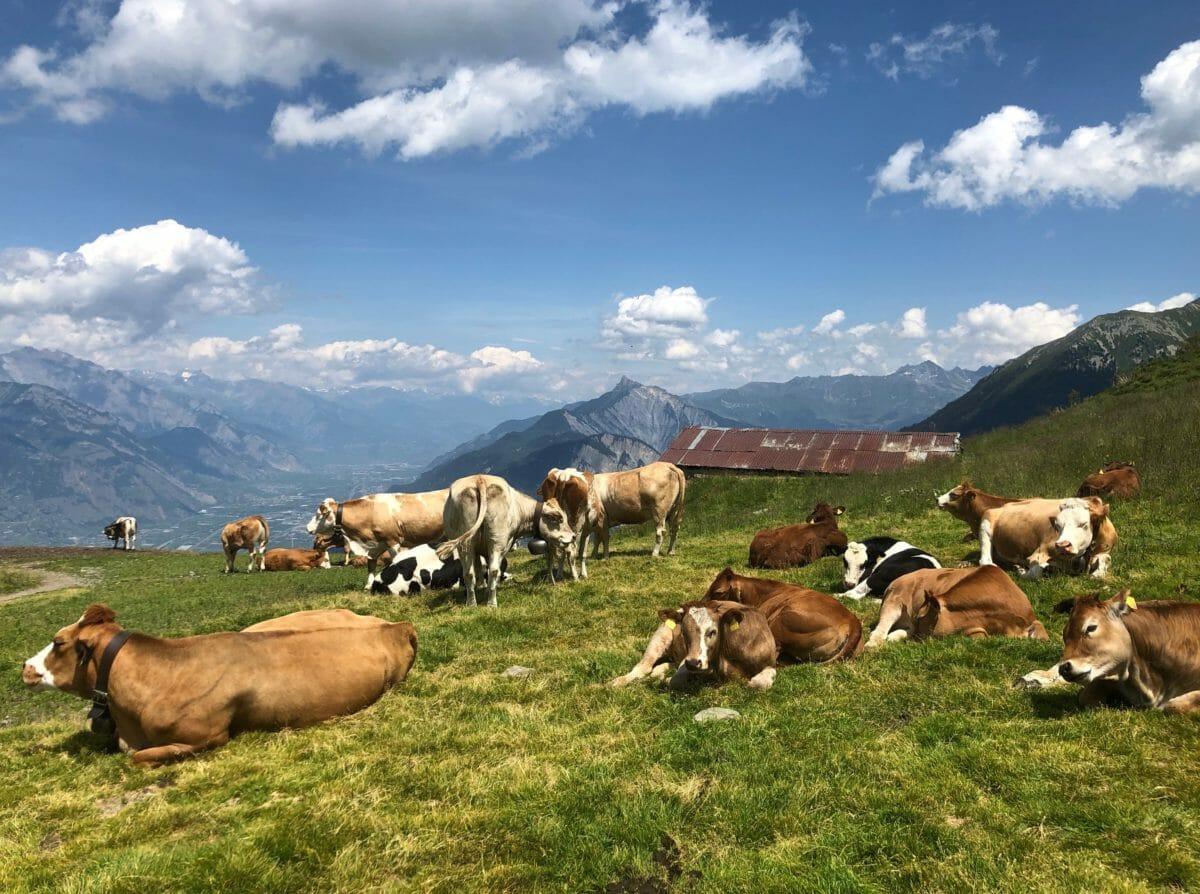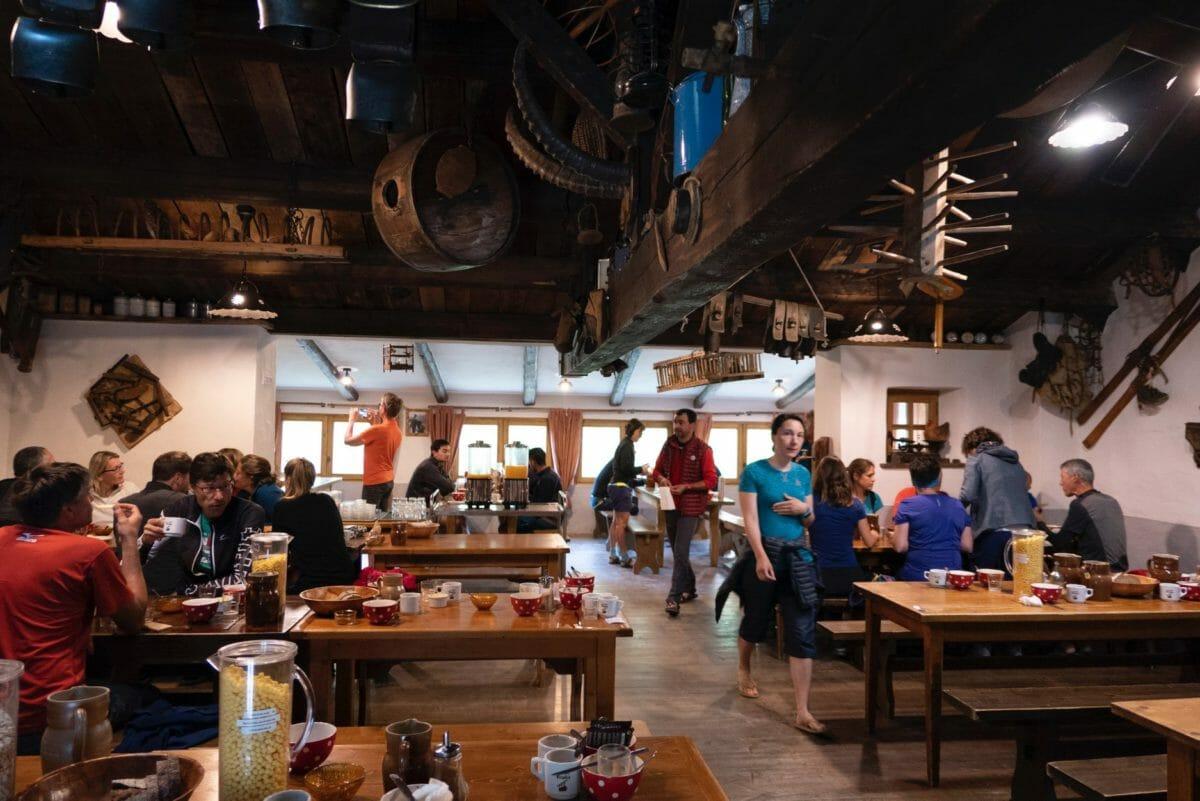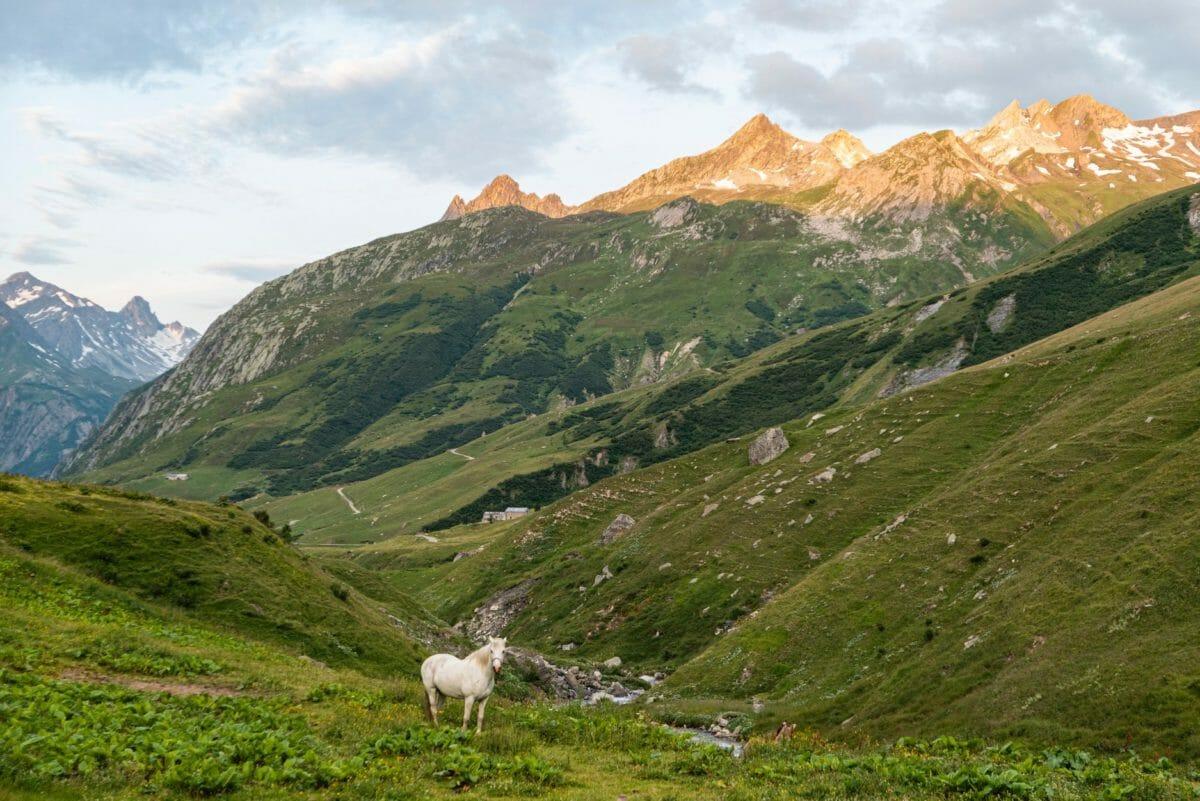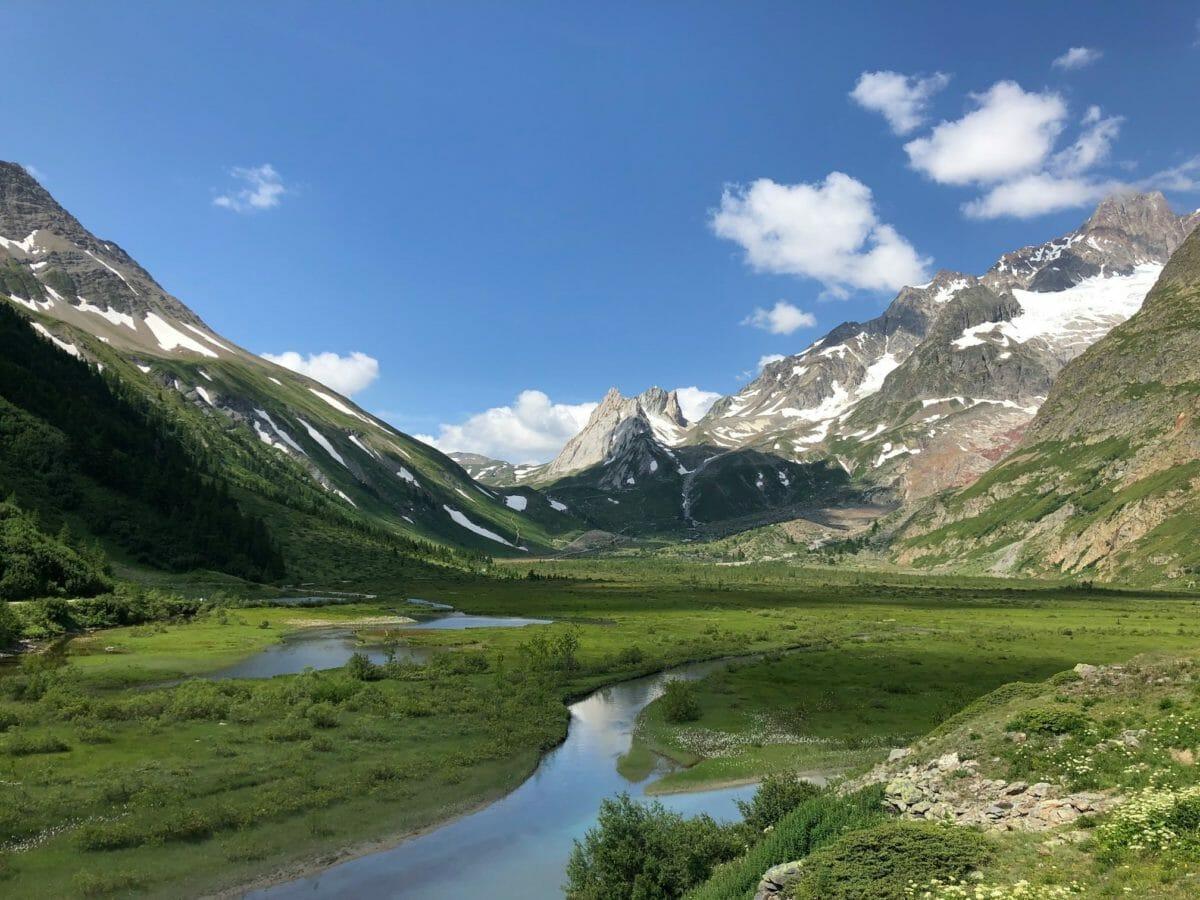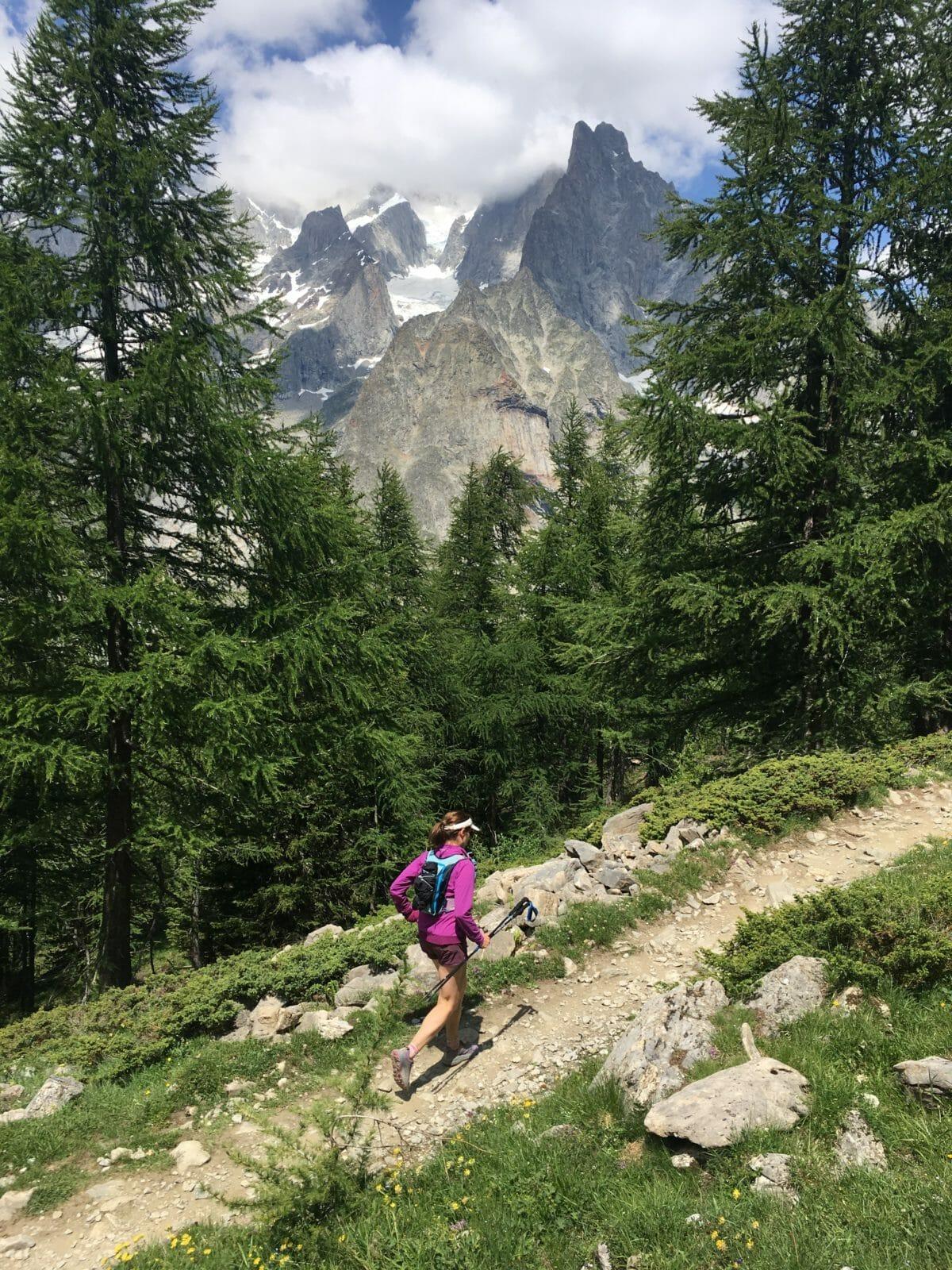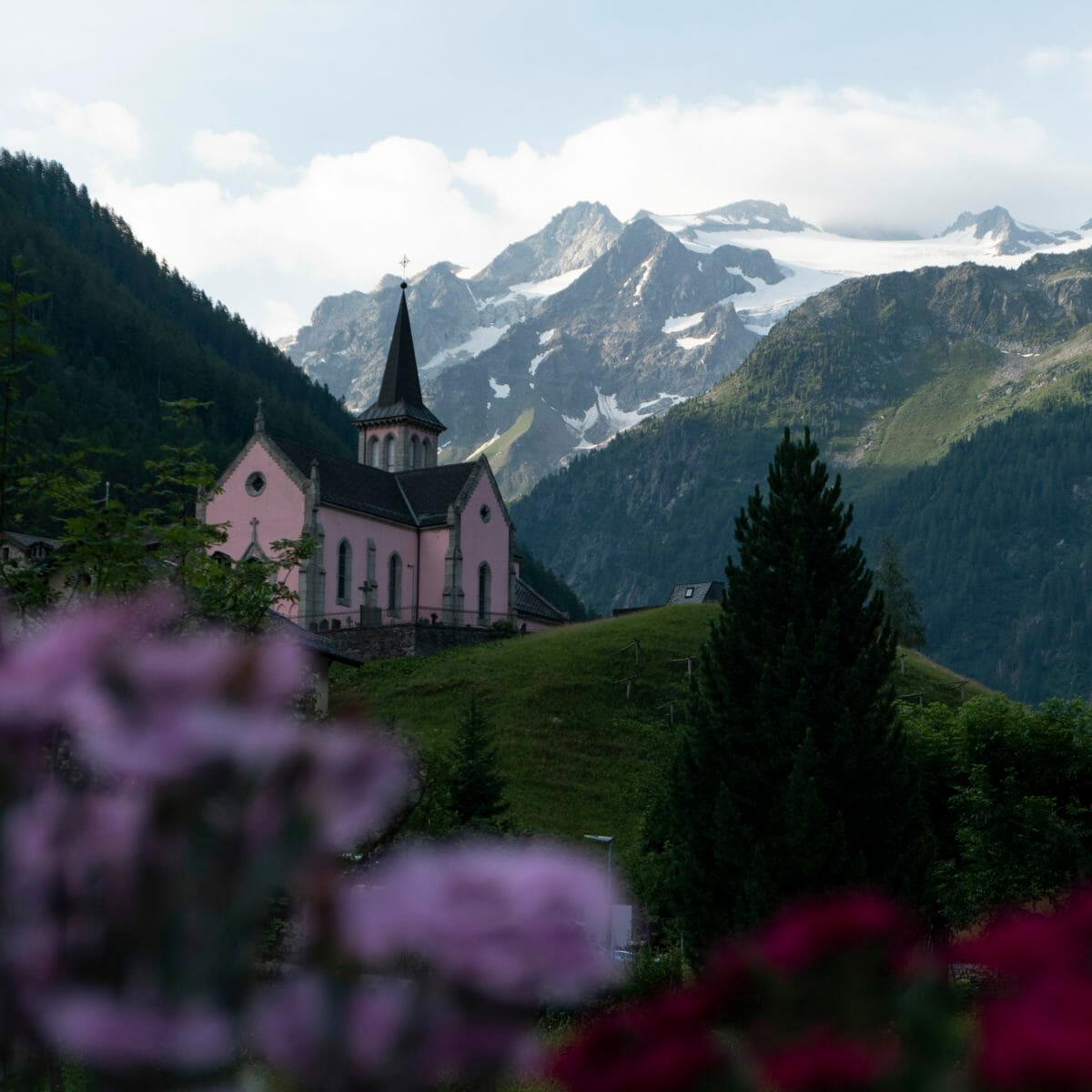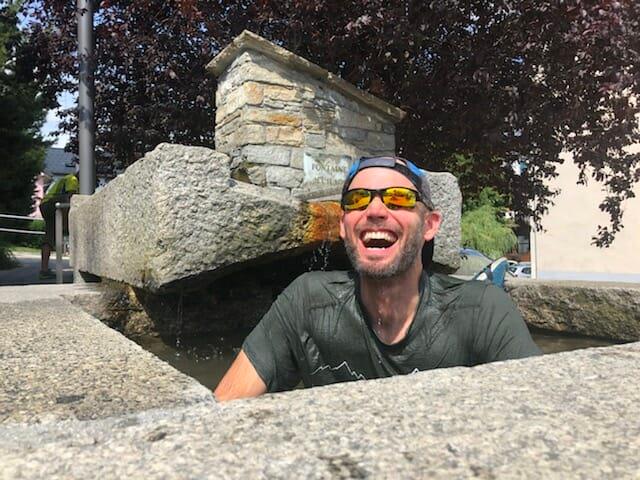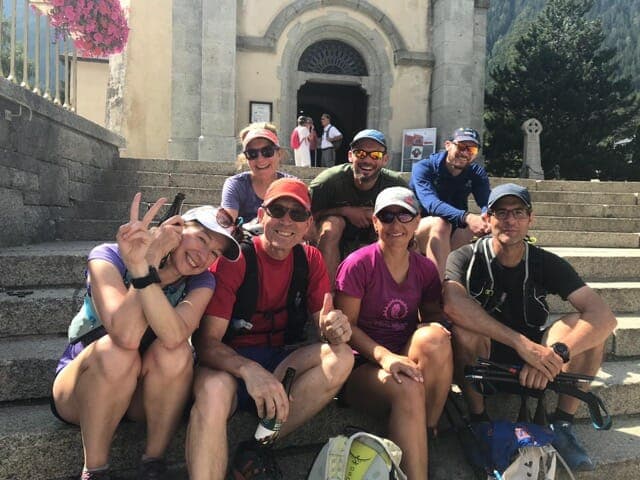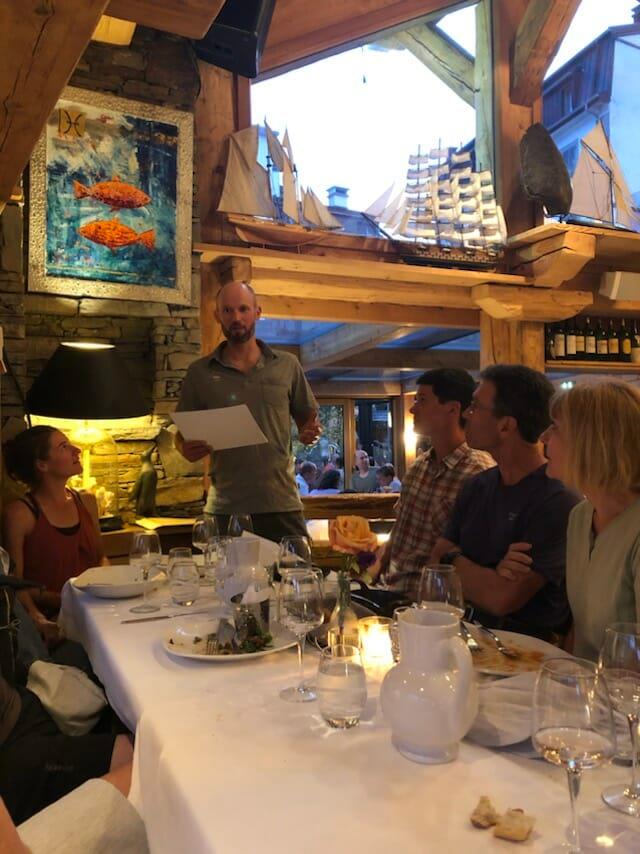
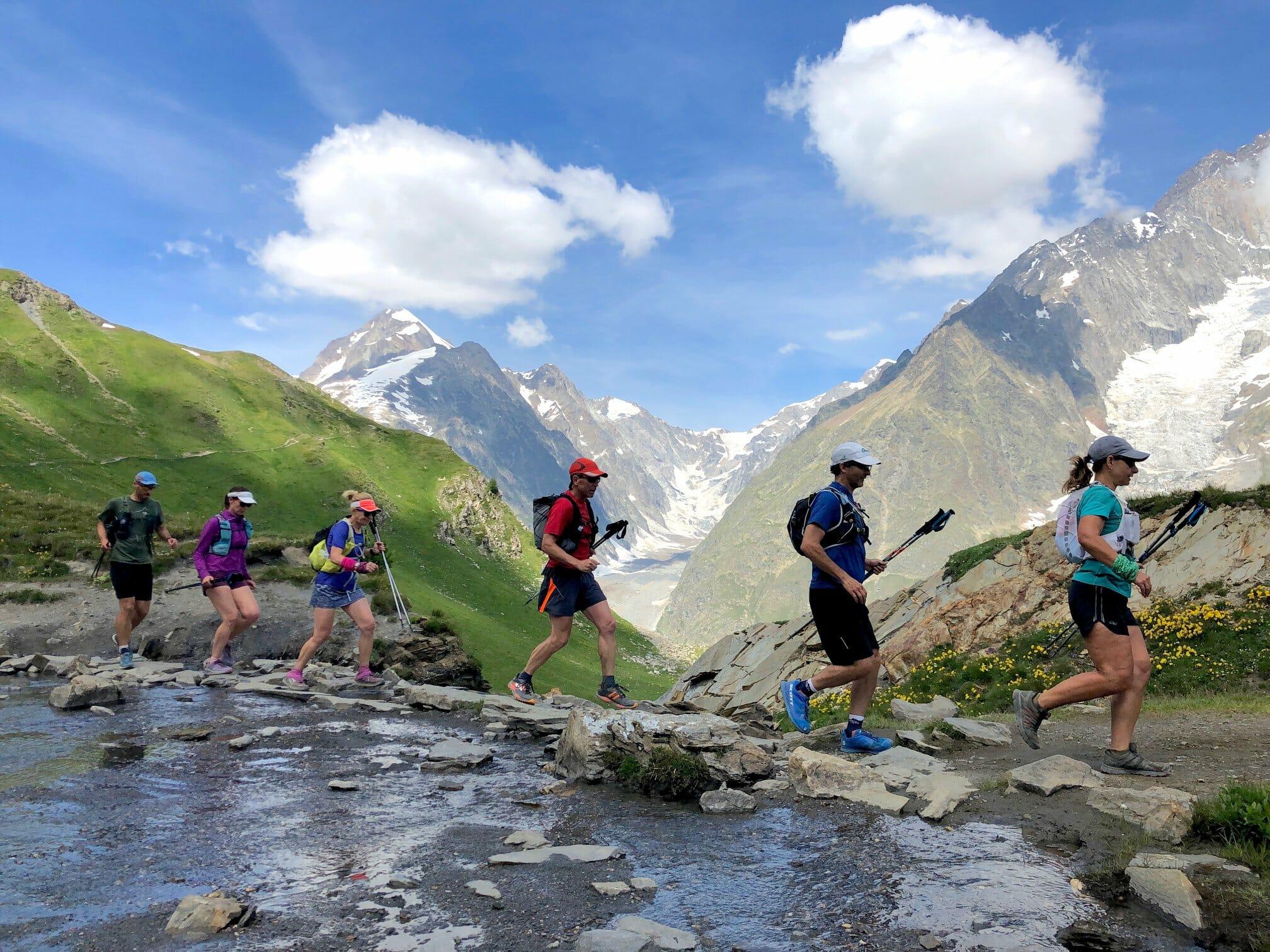
The Tour du Mont Blanc: in the footsteps of shepherds, soldiers, poets and Kilian Jornet
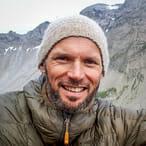
In some respects, it’s hard to say anything original about a Tour de Mont Blanc. It’s circumnavigated by somewhere in the region of 30,000 people each summer. Hardly a unique experience, the critic would say.
In other respects, it couldn’t be easier: no two trips are ever the same. Variables abound. Even the landscape is never the same twice. Even the mountains, aged pillars that they are, shift constantly. Gravity and temperature change, the composition of the air and the way it moves, all take care of that. Seracs, teetering blocks of ancient glacial ice, collapse. Rock that has been ice-covered for thousands of years is laid bare. It absorbs the sun’s heat and amplifies the melting. Ice releases its grip, gravity assumes the lead and rocks rattle down couloirs forming new fields of scree. Thus evolve the mountains, in plain sight and sound, should we choose to see and hear.
And is seeing and hearing not part of the reason we came?
As circumnavigators of the Massif de Mont Blanc we witness the scene, and just as it changes, so to do we.
We go on a journey. We search for something. We question.
On our first evening together we share thoughts on motivation and the difference between pilgrimages and modern holidays. Jeremy astutely observes that a pilgrimage is a journey to something; a modern holiday, a journey away. So which is this?
Such questions are fresh in our minds as we to set off on the first day of the tour, down the valley, from Chamonix, France to the down-valley village of Les Houches.
Our tribe encapsulates a broad range of life experience and skill with back stories that include competitive rowing, military service, photography, pedagogy, sustainability, engineering, and law and with mountain running histories both short and long – a rich and deep pool of knowledge from which to sate our inquisitive thirsts.
People who don’t do this sort of thing say we’re insane.
But why is it any less sane than sitting on our glutes, tapping fingers on this thing we call a keyboard, as I am now? Especially insane surely, when this becomes our daily habit, to the detriment of our compressed spines, strained eyes and over-screen-stimulated brains? Our glutes were made for running, not sitting.
As the hours pass we relax into the rhythm of mountain movement. We transition from climb, to traverse, to descent and back to climb. Do we measure our journey by GPS-computed kilometers or do we just move until we’re where we need to be in order to have shelter and food? The answer is something of both. True to type, our engineer is keeping track of the figures – more on that later.*
It’s a simple rhythm and it’s in that simplicity that the beauty lies. We lose an element of individuality and gain a sense of tribe. We are seven. On the trail we spread out, comfortable moving at our pace, in our own space, yet at each rest point, we are again seven, counted in, counted out, destinies intertwined for the duration of our journey at least.
As the journey progresses, so develops our knowledge of one another and our trust and comfort in one another’s company. We witness each other’s struggle and each other’s joy.
Some days are harder than others. Topography, meteorology, psychology and physiology all play their part, extracting their various tolls from us. We individually ebb and flow at different times. As fatigue accumulates so layers of social nicety are stripped away. We show emotion to one another. We dare, almost involuntarily, to share our vulnerability. Tears well up, the result perhaps of a healthy loss of control, a relinquishing of the tight grip we hold through our daily lives. Tone changes. We sympathize emotionally and share the burden, and through encouragement and reciprocity, we become more than the sum of our parts. We all have a place at this table. We all bring our own value. We run for ourselves but we support each other in running. If we are lucky, we are humbled.
And so it goes. And so we go. And all so quickly we are truly savoring the final climb, the final coffee stop, the final descent, the final lunch and the final kilometers, as we run together as a tribe for the last time, back into the place we left seven days ago, back into Chamonix, France, start and end point of the 250-year old Tour du Mont Blanc, back to the steps of l’Eglise St Michel. It’s all looks the same as when we left it. It all is the same. Only we are not.
*A wonderful post-script from our engineer, shared on our WhatsApp messenging group:
Stats from my GPS: our TMB was 151 hours and 19 minutes for 104.47 miles. Well over the 46:30 cut-off for the UTMB® race. But our actual moving time was 30:46, which is very competitive. We just need to reduce our time in aid stations for coffee and pastries and food and wine and showers and sleep. But… would we want to?
Tour photos courtesy of participants Jeremy Johnson and Jeff Knakal.
